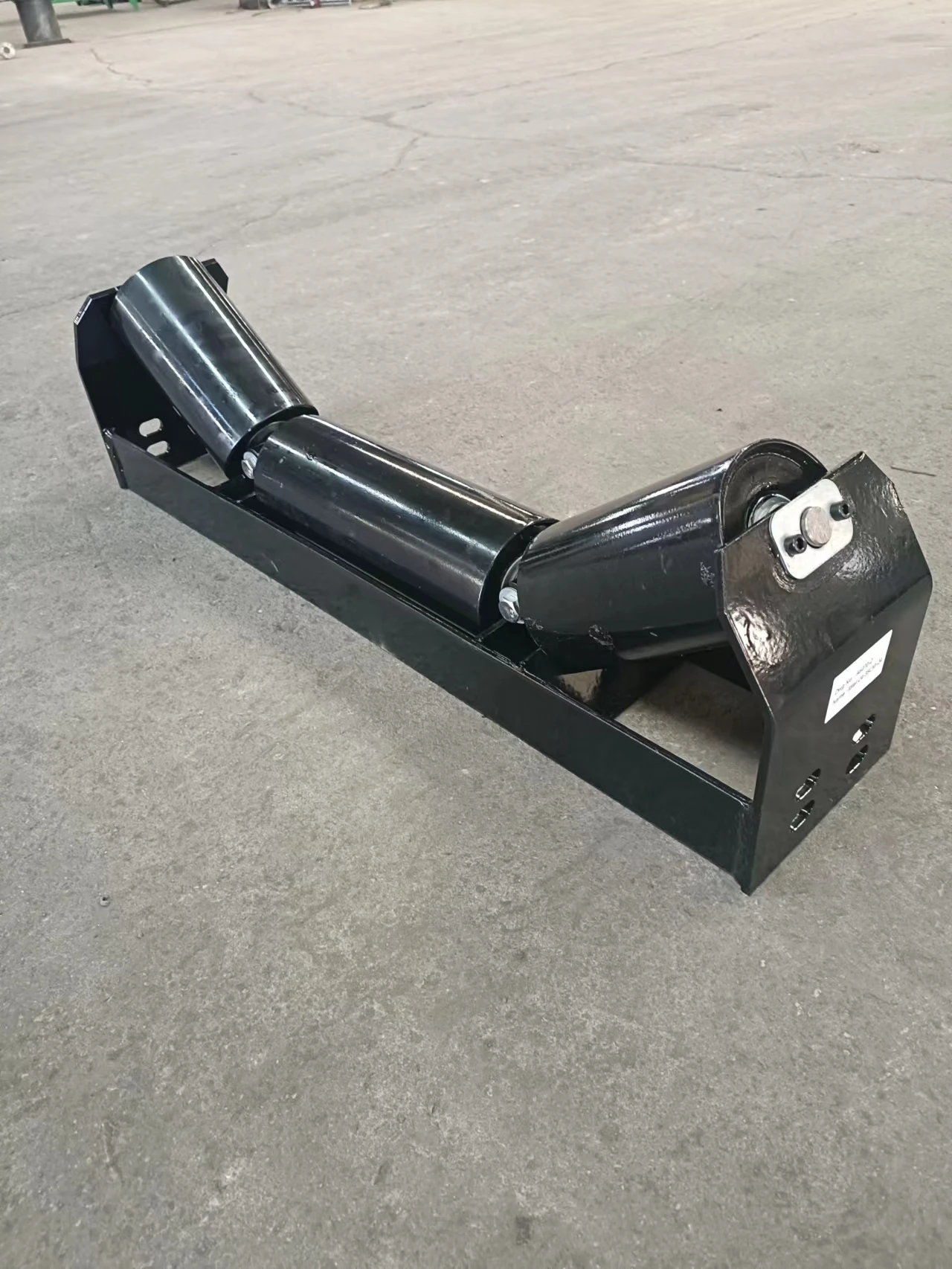 Afrikaans
Afrikaans  Albanian
Albanian  Amharic
Amharic  Arabic
Arabic  Armenian
Armenian  Azerbaijani
Azerbaijani  Basque
Basque  Belarusian
Belarusian  Bengali
Bengali  Bosnian
Bosnian  Bulgarian
Bulgarian  Catalan
Catalan  Cebuano
Cebuano  Corsican
Corsican  Croatian
Croatian  Czech
Czech  Danish
Danish  Dutch
Dutch  English
English  Esperanto
Esperanto  Estonian
Estonian  Finnish
Finnish  French
French  Frisian
Frisian  Galician
Galician  Georgian
Georgian  German
German  Greek
Greek  Gujarati
Gujarati  Haitian Creole
Haitian Creole  hausa
hausa  hawaiian
hawaiian  Hebrew
Hebrew  Hindi
Hindi  Miao
Miao  Hungarian
Hungarian  Icelandic
Icelandic  igbo
igbo  Indonesian
Indonesian  irish
irish  Italian
Italian  Japanese
Japanese  Javanese
Javanese  Kannada
Kannada  kazakh
kazakh  Khmer
Khmer  Rwandese
Rwandese  Korean
Korean  Kurdish
Kurdish  Kyrgyz
Kyrgyz  Lao
Lao  Latin
Latin  Latvian
Latvian  Lithuanian
Lithuanian  Luxembourgish
Luxembourgish  Macedonian
Macedonian  Malgashi
Malgashi  Malay
Malay  Malayalam
Malayalam  Maltese
Maltese  Maori
Maori  Marathi
Marathi  Mongolian
Mongolian  Myanmar
Myanmar  Nepali
Nepali  Norwegian
Norwegian  Norwegian
Norwegian  Occitan
Occitan  Pashto
Pashto  Persian
Persian  Polish
Polish  Portuguese
Portuguese  Punjabi
Punjabi  Romanian
Romanian  Russian
Russian  Samoan
Samoan  Scottish Gaelic
Scottish Gaelic  Serbian
Serbian  Sesotho
Sesotho  Shona
Shona  Sindhi
Sindhi  Sinhala
Sinhala  Slovak
Slovak  Slovenian
Slovenian  Somali
Somali  Spanish
Spanish  Sundanese
Sundanese  Swahili
Swahili  Swedish
Swedish  Tagalog
Tagalog  Tajik
Tajik  Tamil
Tamil  Tatar
Tatar  Telugu
Telugu  Thai
Thai  Turkish
Turkish  Turkmen
Turkmen  Ukrainian
Ukrainian  Urdu
Urdu  Uighur
Uighur  Uzbek
Uzbek  Vietnamese
Vietnamese  Welsh
Welsh  Bantu
Bantu  Yiddish
Yiddish  Yoruba
Yoruba  Zulu
Zulu Guide to Selecting Industrial Conveyor Pulleys for Optimal Performance and Efficiency
Industrial Conveyor Pulleys The Backbone of Material Handling Systems
In the realm of industrial manufacturing and material handling, conveyor systems play a pivotal role in enhancing efficiency and productivity. At the heart of these systems lies an often-overlooked component the conveyor pulley. These devices not only facilitate the movement of materials across various processes but also contribute significantly to the overall performance of conveyor systems.
Understanding Conveyor Pulleys
Conveyor pulleys are cylindrical devices that rotate on a shaft to drive the conveyor belt. They are essential in redirecting the belt at various angles, turning corners, and providing tension to maintain belt alignment. Their construction can vary widely, including options such as drum, wing, and return pulleys, each serving unique purposes in the material handling process.
Types of Conveyor Pulleys
1. Drive Pulleys These are crucial for powering the conveyor system. Typically located at the head or discharge end of the conveyor, drive pulleys are often covered with a high-friction material to enhance grip on the belt and ensure effective movement of materials.
2. Tension Pulleys Positioned strategically to maintain the tension of the conveyor belt, these pulleys prevent slippage and ensure smooth operation. The correct tension is vital to avoid excessive wear on the belt and other components.
3. Return Pulleys These pulleys are found on the return side of the conveyor belt. They are designed to support the empty belt as it returns to the loading point, ensuring that the system operates efficiently and reducing wear on the belt.
4. Tail Pulleys Located at the end of the conveyor system, tail pulleys help direct the belt back to the load point. They also assist in controlling belt movement and ensuring that it does not derail.
Materials and Construction
industrial conveyor pulleys

Conveyor pulleys are typically constructed from robust materials such as steel or aluminum to withstand heavy loads and harsh operating conditions. Depending on the application, pulleys can be coated or designed with various surface treatments to resist corrosion, abrasion, and wear. Additionally, quality bearings are crucial for reducing friction and ensuring long operational life.
Benefits of Properly Designed Conveyor Pulleys
1. Increased Efficiency Well-designed pulleys minimize energy consumption and ensure smooth operation, leading to increased overall efficiency of conveyor systems.
2. Reduced Maintenance Costs High-quality materials and construction reduce the frequency of wear and tear, which lowers maintenance requirements and associated costs.
3. Enhanced Safety Properly functioning pulleys help prevent belt slippage and misalignment, reducing the risk of accidents in industrial environments. A well-maintained conveyor system also contributes to a safer workplace.
4. Customizability Many manufacturers offer customizable options to suit specific needs. This flexibility allows businesses to tailor their conveyor systems to their unique operational requirements, enhancing both productivity and user satisfaction.
Challenges and Considerations
While conveyor pulleys are vital components of industrial systems, they are not without challenges. Factors such as load fluctuations, environmental conditions, and improper installation can lead to premature wear and failures. Therefore, investing in quality pulleys and employing proper maintenance practices are essential for maximizing the lifespan and effectiveness of conveyor systems.
Conclusion
In summary, industrial conveyor pulleys are indispensable parts of conveyor systems that facilitate the efficient movement of materials. Understanding their types, construction, and importance underscores their role in enhancing operational efficiency and safety within manufacturing and material handling environments. As industries continue to evolve, the demand for high-quality conveyor pulleys will grow, requiring ongoing innovation and attention to detail in design and engineering. Investing in the right conveyor pulleys is not merely a consideration; it is essential for maintaining a competitive edge in today’s fast-paced industrial landscape.
-
Revolutionizing Conveyor Reliability with Advanced Rubber Lagging PulleysNewsJul.22,2025
-
Powering Precision and Durability with Expert Manufacturers of Conveyor ComponentsNewsJul.22,2025
-
Optimizing Conveyor Systems with Advanced Conveyor AccessoriesNewsJul.22,2025
-
Maximize Conveyor Efficiency with Quality Conveyor Idler PulleysNewsJul.22,2025
-
Future-Proof Your Conveyor System with High-Performance Polyurethane RollerNewsJul.22,2025
-
Driving Efficiency Forward with Quality Idlers and RollersNewsJul.22,2025





























